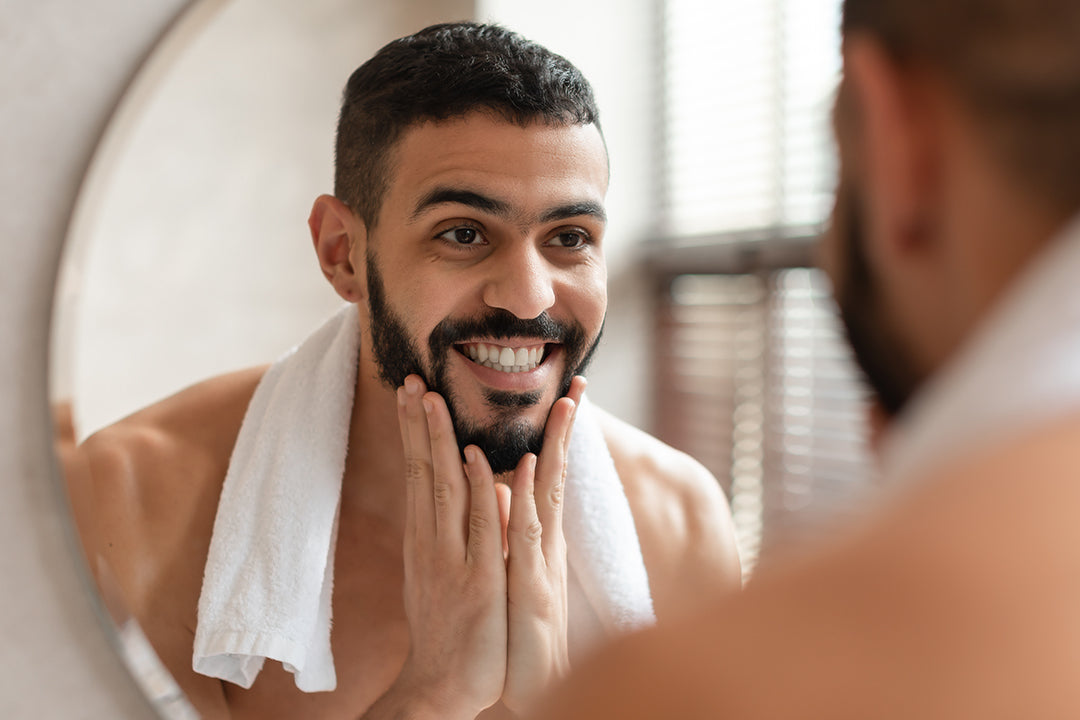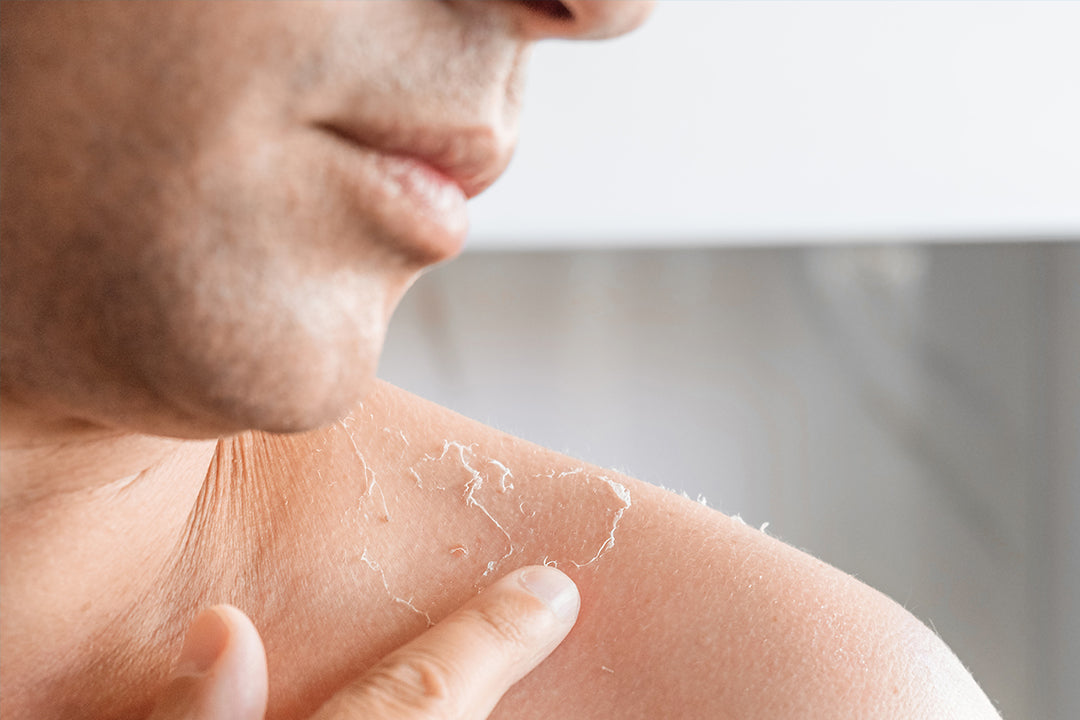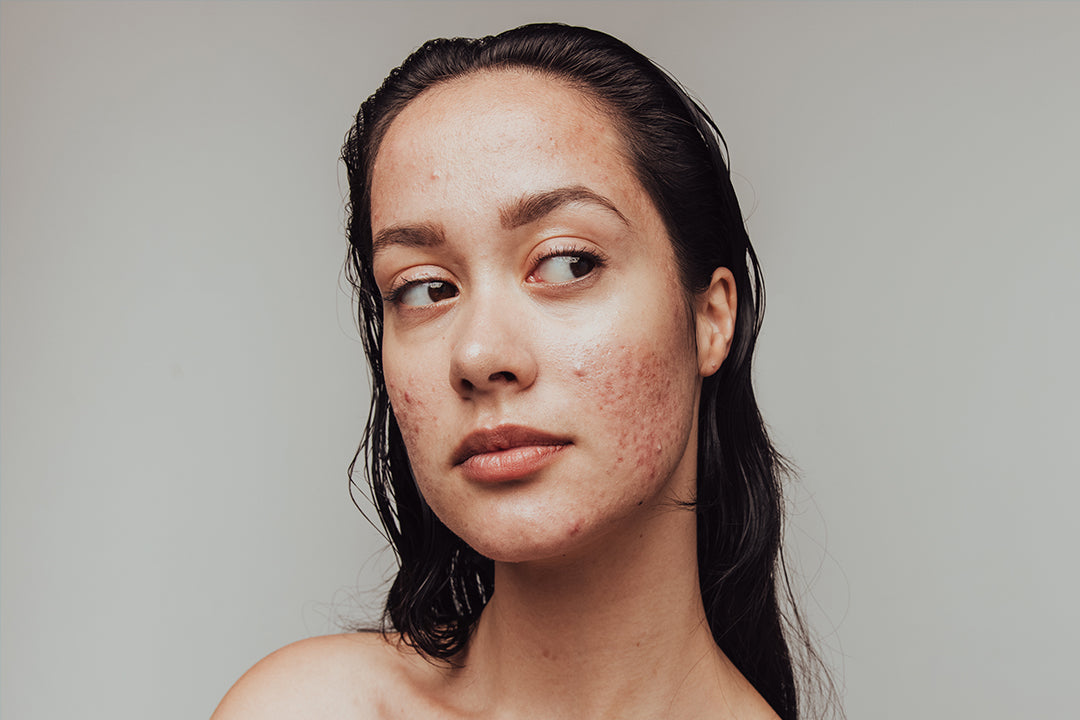Alpha hydroxy acids (AHAs) are a type of acid that people use in skin care to reduce signs of dryness, aging, and more. Let's explore …
What does an AHA do?
It works by exfoliating the top layer of the skin, revealing smoother and brighter skin underneath. They are one of the most recommended and reliable exfoliating ingredients in modern skin care. AHAs have brightening and line-lessening abilities, making them popular among dermatologists and skin care enthusiasts. AHAs are water-soluble acids that are derived from various sources, including fruits, milk, and sugar cane.
Types of AHA
- Glycolic acid: Derived from sugar cane, glycolic acid is one of the most commonly used AHAs. It is known for its ability to penetrate the skin deeply and effectively exfoliate.
- Lactic acid: Derived from milk, lactic acid is a gentle AHA that is suitable for all skin types. It helps to hydrate the skin and improve its texture.
- Citric acid: Derived from citrus fruits, citric acid is a natural AHA that has brightening and exfoliating properties. It can help to even out skin tone and reduce the appearance of dark spots.
- Tartaric acid: Derived from grapes, tartaric acid is a gentle AHA that helps to exfoliate the skin and promote cell turnover. It is often used in combination with other AHAs.
- Malic acid: Derived from apples, malic acid is a gentle AHA that helps to exfoliate the skin and improve its texture. It is often used in combination with other AHAs.
- Mandelic acid: Derived from almonds, mandelic acid is a gentle AHA that is suitable for all skin types. It helps to exfoliate the skin and reduce the appearance of fine lines and wrinkles.
What are the benefits of AHAs?
- Gentle exfoliation: AHAs help to remove dead skin cells and promote cell turnover, resulting in smoother and brighter skin.
- Improving skin texture: AHAs can help to improve the texture of the skin, making it appear smoother and more even.
- Reducing the visible signs of aging: AHAs can help to reduce the appearance of fine lines, wrinkles, and other signs of aging.
- Reducing hyperpigmentation, melasma, and sun damage: AHAs can help to lighten dark spots, hyperpigmentation, melasma, and sun damage, resulting in a more even skin tone.
- Reducing acne: AHAs can help to unclog pores and reduce acne breakouts.
What is the difference between AHAs and other acids?
- Beta hydroxy acids (BHAs): BHAs are also exfoliating acids, but they are oil-soluble and are better suited for oily and acne-prone skin. Unlike AHAs, BHAs can penetrate the pores and help to unclog them.
- Ascorbic acid (vitamin C): Ascorbic acid is a powerful antioxidant that can help to brighten the skin and reduce the appearance of dark spots and hyperpigmentation.
- Hyaluronic acid: Hyaluronic acid is a hydrating acid that can help to plump and moisturize the skin.
How to use AHAs in skin care
When using AHAs in your skin care routine, it is important to follow these guidelines:
- Start with a low concentration: If you are new to AHAs, start with a product that has a low concentration and gradually increase the concentration as your skin becomes accustomed to it.
- Use sunscreen: AHAs can make your skin more sensitive to the sun, so it is important to use sunscreen every day to protect your skin from sun damage.
- Follow the instructions: Always follow the instructions on the product packaging when using AHAs. Some AHAs may need to be rinsed off after a certain amount of time, while others may be left on the skin.
Safety precautions
While AHAs are generally safe to use, there are some precautions that you should keep in mind:
- Do a patch test: Before using an AHA product on your face, do a patch test on a small area of your skin to check for any adverse reactions.
- Avoid contact with eyes and mucous membranes: AHAs can cause irritation if they come into contact with the eyes or mucous membranes, so be careful to avoid these areas.
- Discontinue use if irritation occurs: If you experience any irritation or discomfort after using an AHA product, discontinue use and consult a dermatologist.
Conclusion
So there you have it! AHAs are a bunch of naturally occurring acids that can be your skin's best friend. They help buff away dead cells, revealing brighter, smoother skin underneath. Pretty cool, right? If you're curious about trying AHAs, explore our products for more!









